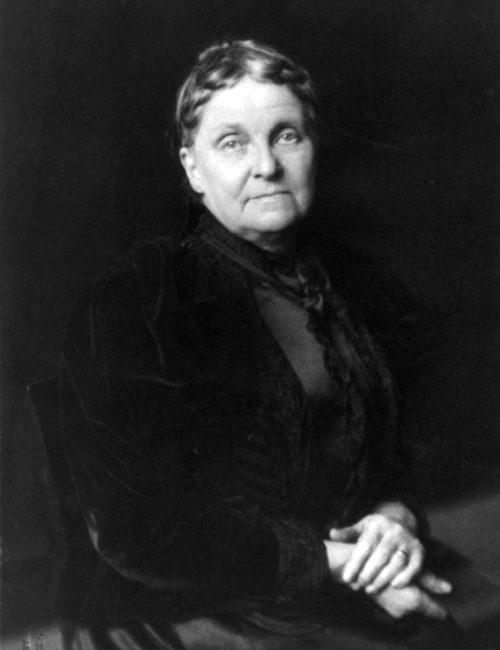
Source: Library of Congress Prints and Photographs Division
Hetty Green was known as the Witch of Wall Street. She earned this moniker partly because of the single, dour, black dress that she wore every day, and partly because of her reputation for being a sour, miserly woman who appeared to care more about hoarding money than she did about her own children.
During the Gilded Age of Wall Street, when Andrew Carnegie and JP Morgan were building their fortunes, Hetty took a $5.3M inheritance and turned it into $100M. She would have been a billionaire in today’s dollars, but she lived extremely simply. While her contemporaries were building their grand New York mansions, she lived in a small apartment in Hoboken. She was the richest woman in the world, but she lived like a pauper until her death.

Wealth is not the same as wellbeing. Economic stability, while important for wellbeing, is not sufficient itself for creating wellbeing. There is no point in having lots of money if that money is not feeding who we really are and what we want from our lives.
Financial health has 2 dimensions:
- Economic stability
- Psychological wellbeing

Think of this concept in 2 dimensions (economic stability, emotional wellbeing), people can be grouped into four categories:
- Bottom left – people who are Vulnerable (Low economic stability, low emotional wellbeing)
- Bottom right – people who are Carefree (Low economic stability, high emotional wellbeing)
- Top left- people who are Protective (High economic stability, Low emotional wellbeing) – The Hetty Greens
- Top right- people who are Masterful (High economic stability, High emotional wellbeing)
These are mind sets
These are mindsets and not financial personality types. Personality is something that is very difficult to change.
Mindsets are changeable, and are characterised by these particular factors.
A Vulnerable financial mindset is someone who has a short term vision.
They’re thinking less than ten years ahead, and they are not confident in their ability to bounce back from shocks.
They are more likely to be in a vulnerable financial position.
A Carefree financial mindset has short-term vision, but high confidence. They feel they can handle whatever comes their way financially, but they may not be thinking far enough ahead to really be preparing for their future,
They are not thinking through all the things that might come their way, which is one of the reasons why they’re probably lower on the economic stability Metric
A Protective mindset is someone with a long-term vision, but low confidence. So these are people that see far into the future but when they look into the future, all they’re thinking about is what can go wrong, and they don’t feel that they have the power and the resilience to stand up to what might come their way,
They become very protective of the money that they have, and very risk averse, and sometimes they can be very difficult to coach.
A Masterful financial mindset. This is the one we’re aiming for. Masterful mindsets have a long-term vision and high confidence.
What is your current mindset? If you are not in the “masterful” mindset, a purely financial strategy is unlikely to get you the best results. You likely need to do some work on how you think about money and your future.
We help our clients identify their money personality first, build a vision for their future and then implement a financial strategy to achieve it.
Find out more HERE
If you have any questions regarding the above article, please contact our office at
(02) 9267 0108 or click the button below: